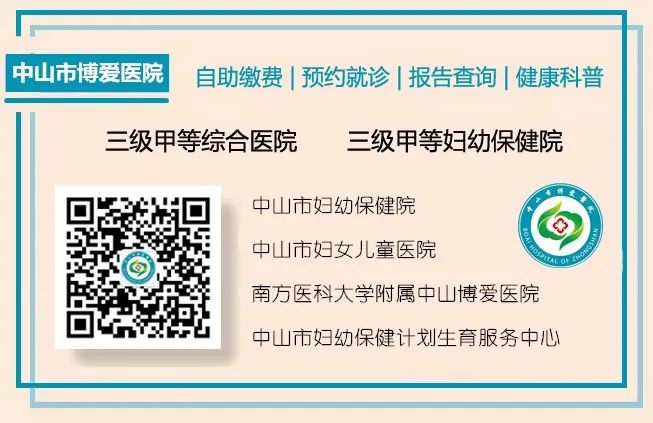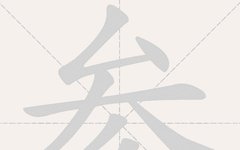As people’s living standards improve, many have begun to take potent traditional Chinese medicine for health maintenance. Ginseng has played a significant role as a tonic in traditional Chinese medicine, gaining the attention of health-conscious individuals. However, there are several different types of ginseng in clinical practice. Do you know how to distinguish and use them?
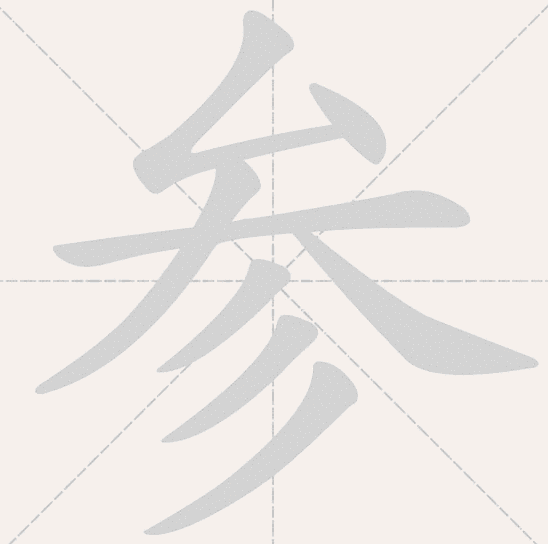
Below is a brief introduction to the commonly usedtypes of ginseng preparations for your convenience.

Ren Shen (Ginseng)
Ren Shen is the root of the perennial herb Panax ginseng, mainly produced in the three northeastern provinces of China. It is now cultivated artificially, generally requiring six to seven years of growth before it can be used medicinally. Freshly harvested ginseng, cleaned and dried, is referred to as “Sheng Shai Shen (Fresh Dried Ginseng)”. Fresh ginseng that is blanched and dried is called “Tang Shen (Sugar Ginseng)” or “Bai Shen (White Ginseng)”, while ginseng that is steamed and dried is known as “Hong Shen (Red Ginseng)”. This is the commonly used ginseng in health maintenance, which has the effects of tonifying Qi, benefiting the spleen and lungs, generating fluids, and calming the spirit.
The wild variety is called “Shan Shen (Mountain Ginseng)”, which is relatively expensive and has a more potent effect, mostly used for rescuing from critical conditions.The common dosage in decoctions is 5 to 10 grams, and in critical cases, it can be increased to 15 to 30 grams (if using wild mountain ginseng, the dosage should be reduced accordingly).


Xi Yang Shen (American Ginseng)
Xi Yang Shen is the root of the perennial herb Panax quinquefolius, primarily produced in the United States, Canada, and France, with some cultivation in China. The roots are harvested after 3 to 6 years of growth, with branches and fibrous roots removed and then dried. It has the effects of tonifying Qi, nourishing Yin, clearing heat, and generating fluids, commonly used for conditions of Qi and Yin deficiency.The usual dosage for decoction is 3 to 6 grams.
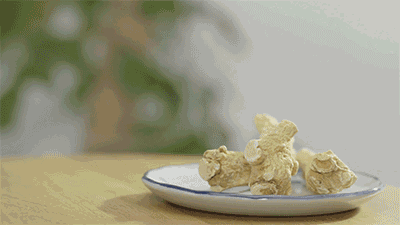

Dang Shen (Codonopsis)
Dang Shen is the root of the perennial herb Codonopsis pilosula, produced in Shanxi, Shaanxi, Gansu, and Sichuan provinces in China, with the Shanxi Shangdang region being the most famous. It has the effects of tonifying Qi, generating fluids, and nourishing blood. Clinically, the common dosage for decoction is 10 to 30 grams.


Tai Zi Shen (Child Ginseng)
Tai Zi Shen is the root of the perennial herb Adenophora stricta, mainly produced in Jiangsu, Anhui, and Shandong provinces in China. The fibrous roots are removed, dried, and used medicinally. It has the effects of tonifying Qi and generating fluids. Its action is similar to that of Xi Yang Shen, but its potency is weaker. Clinically, the common dosage for decoction is 10 to 30 grams.
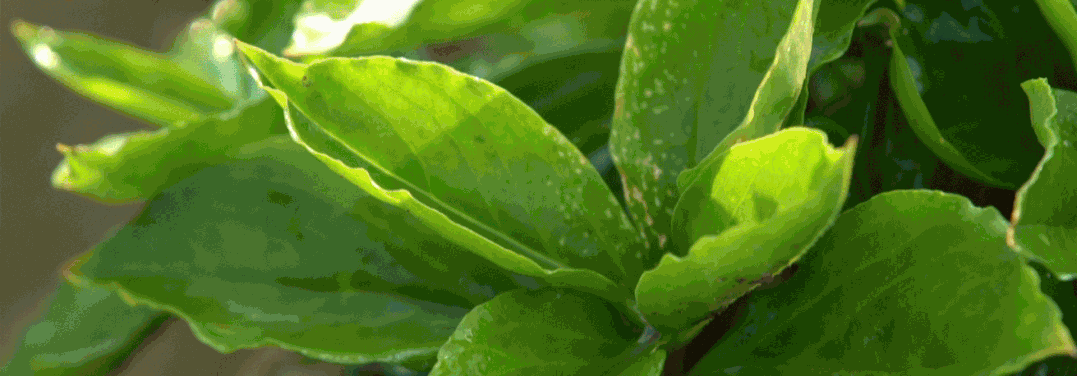

Other Types of Ginseng
Additionally, there are other clinical ginseng types such asXuan Shen (Scrophularia) (which nourishes Yin, clears the lungs, and moistens dryness),Sha Shen (Glehnia) (which nourishes Yin, moistens the lungs, and benefits the stomach),Dan Shen (Salvia) (which invigorates blood, dispels stasis, and cools blood to resolve abscesses),Ku Shen (Sophora) (which clears heat, dries dampness, expels wind, kills insects, and promotes urination). These types of ginseng do not belong to the tonic category and should be used according to clinical needs.
Furthermore, attention should be paid to the eighteen antagonisms in traditional Chinese medicine, “All ginsengs are antagonistic to Li Lu (Veratrum)”, and should be avoided when used together with Li Lu. In clinical practice, if ginseng is used for health maintenance, it should be prescribed by a TCM practitioner based on tongue and pulse diagnosis, and a gradual approach should be taken to achieve health benefits while avoiding adverse effects of the herbs.
 Maternal and Child Health Education: Zhang Xubin, Reproductive Division Edited and reviewed by: Editorial Department of Zhongshan Boai Hospital
Maternal and Child Health Education: Zhang Xubin, Reproductive Division Edited and reviewed by: Editorial Department of Zhongshan Boai Hospital